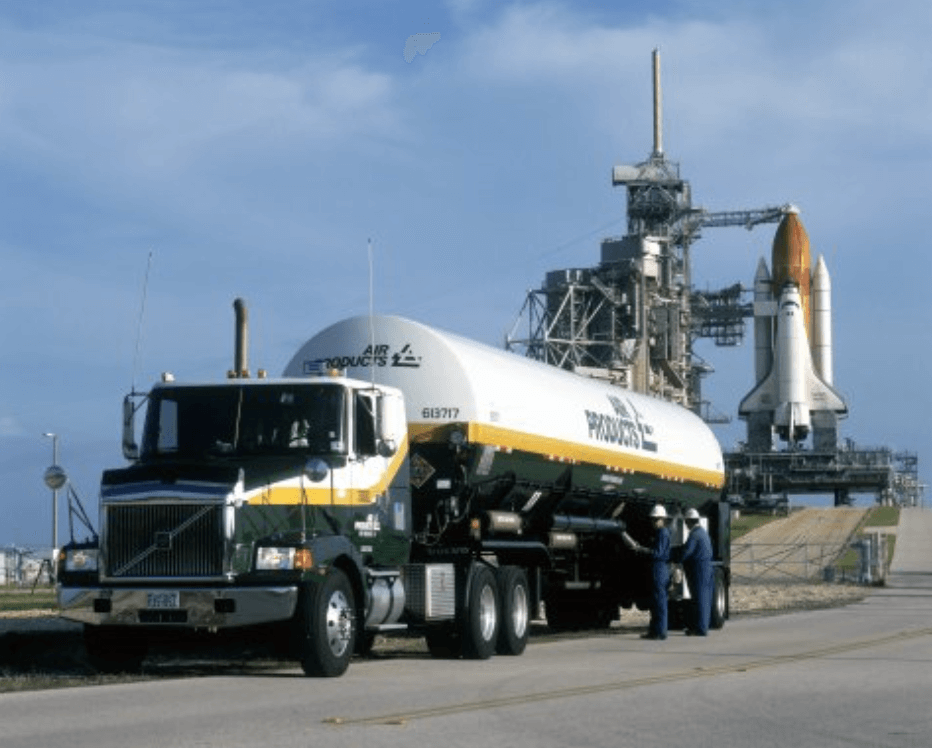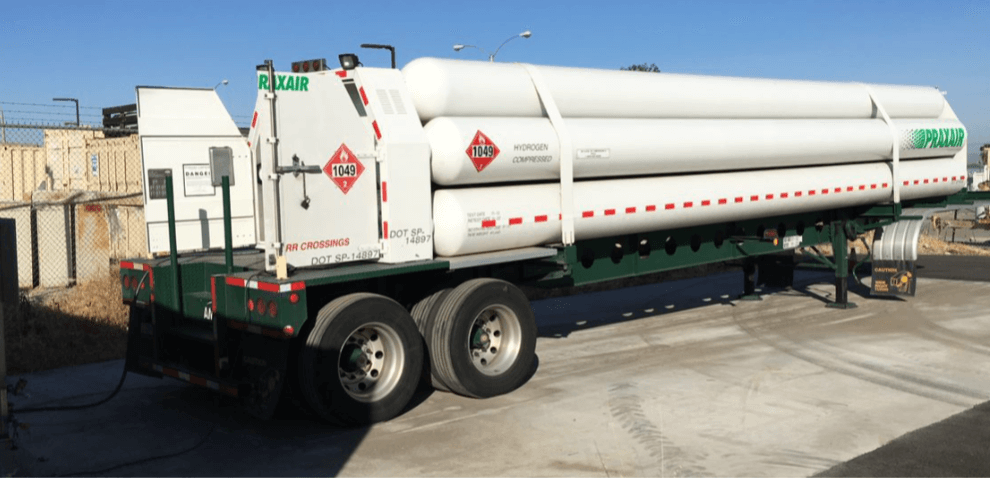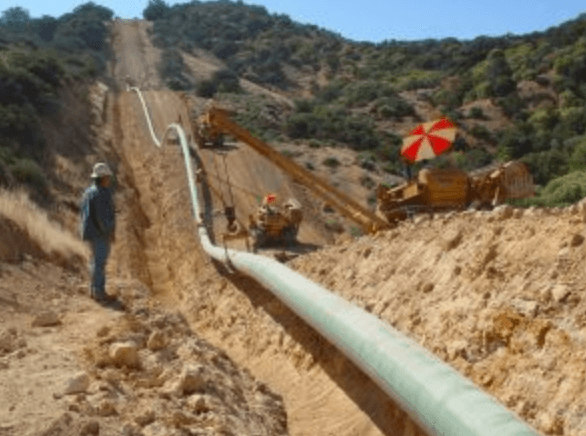
With rapidly emerging technology advancements at all stages of the hydrogen life cycle, the potential benefits of this energy carrier are constantly expanding. However, a key component remains which has a large impact on the cost and availability of hydrogen. One of the industry’s largest hurdles is transportation.
Key Facts:
Existing hydrogen pipelines – 1,600 miles which are owned by merchant hydrogen producers – concentrated along the gulf coast. There are predominately used by refineries and ammonia plants in the area. Natural gas pipelines – 2.6 million statute miles exist in the United States.
Current Status:
Hydrogen transport methods in practice consist of using:
– Cryogenic liquid tanker trucks (liquefied hydrogen)
– Tube trailers with compressed hydrogen gas
– Pipelines
To address the obvious question, why don’t we use the existing pipelines which currently transport
natural gas, there are a few characteristics of hydrogen that are worth noting.
1.) Hydrogen can embrittle the carbon steel pipe and welds
2.) Hydrogen is the smallest size molecule which contributes to a higher risk of permeation and leaks
3.) Hydrogen is the lightest molecule (around 8.5 times lighter than natural gas) which requires more energy and different equipment to compress
4.) Hydrogen is a flammable gas with flames that radiate energy in UV and water bands (you can’t see it)
Current options:
– Blend up to 15% hydrogen with natural gas and use existing pipelines
– Install new FRP pipelines (fiberglass reinforced plastics)
– Transport hydrogen via rail
– Continue trucking hydrogen
Of these options, blending gaseous hydrogen with natual gas appears to be the most cost-efficient. In second place is the repurposing of natural gas pipelines in existing rights-of-way due to avoiding a potentially lengthy and costly process that has faced increasing regulatory and legal challenges in the United States and elsewhere over the last decade.
Pipeline conversion typically would involve measures such as modifying compressors, valves, seals, meters, and other components; replacing pipeline segments or reworking welds with compatible materials; modifying leak detection systems; and installing new controls to monitor and manage hydrogen flows. There are at least two examples of such conversion in the United States.

Deep Dive
Alright, say we’ve figured out how to retrofit our existing natural gas pipelines and equipment to support
hydrogen-blended natural gas transmission. Put a bow on it, call it a day, right!?
Well, not exactly…
The Department of Energy has stated, “there is little doubt that the existing infrastructure … can be retrofitted and redeveloped to carry hydrogen gas, whether blended with natural gas or pure.” However, does this include regulatory, safety, and security uncertainties?
Does the Federal Energy Regulatory Commission (FERC) have continued jurisdiction?
What does theSurface Transportation Board do? Wait a minute, aren’t we talking about underground pipelines, why is the Surface Transportation Board involved? Hydrogen, it’s not oil, natural gas, or electricity but it’s traveling co-mingled with natural gas. At what percentage of hydrogen vs natural gas do regulations change? Will FERC continue to regulate gas quality and standards? How will pipeline tariffs be charged and paid? Who is responsible for paying for conversion costs and downtime to retrofit pipelines?
Another party that needs to have involvement in the implementation of hydrogen pipelines is the TSA. For those unfamiliar, pipelines are considered a mode of transportation in the United States. This leaves the TSA responsible for implementing the pipeline security regulations. The promising future of hydrogen has brought a lot of new companies into the industry from all over the world which could require new security policies. To add to the list, the Pipeline and Hazardous Materials Saftey Admin (PHMSA) within the Department of Transportation (DOT) will need to adapt to the change. PHMSA will need to address new safety challenges associated with transporting hydrogen as well as mixing hydrogen with natural gas. To go one step further, PHMSA consists of over 70% state employess. To summarize, PHMSA is a federal agency that utilizes individual state employees to carry out the majority of its work. Federal and state policies will need to align.
Questions to ask:
i. When considering a pipeline, the first question should be is it an intrastate or interstate pipeline.
Because each state has its own unique set of statutory requirements, interstate hydrogen carrying pipelines have a new bag of challenges thus highlighting the need for a uniform standard.
ii. Is the pipeline a common carrier or a contract carrier? Does this pipeline serve all shippers at all times vs serving only a specific group of shippers under a long- term agreement.
Conclusion
The hydrogen transmission pipeline industry currenly faces a lot of if’s and maybe’s. However, in order to see hydrogen transportation costs mitaged in a safe manner, hydrogen transportation technology needs to continue advancing, and congress will need to lead the way with efficient contributions at a state and federal level.
Do you have a local distribution pipeline you want installed? From permiting to tie-ins, Ryanco Construction is available to help at every step of the way.
Want to work together? Email us at ryan@ryancoconstruction.com

